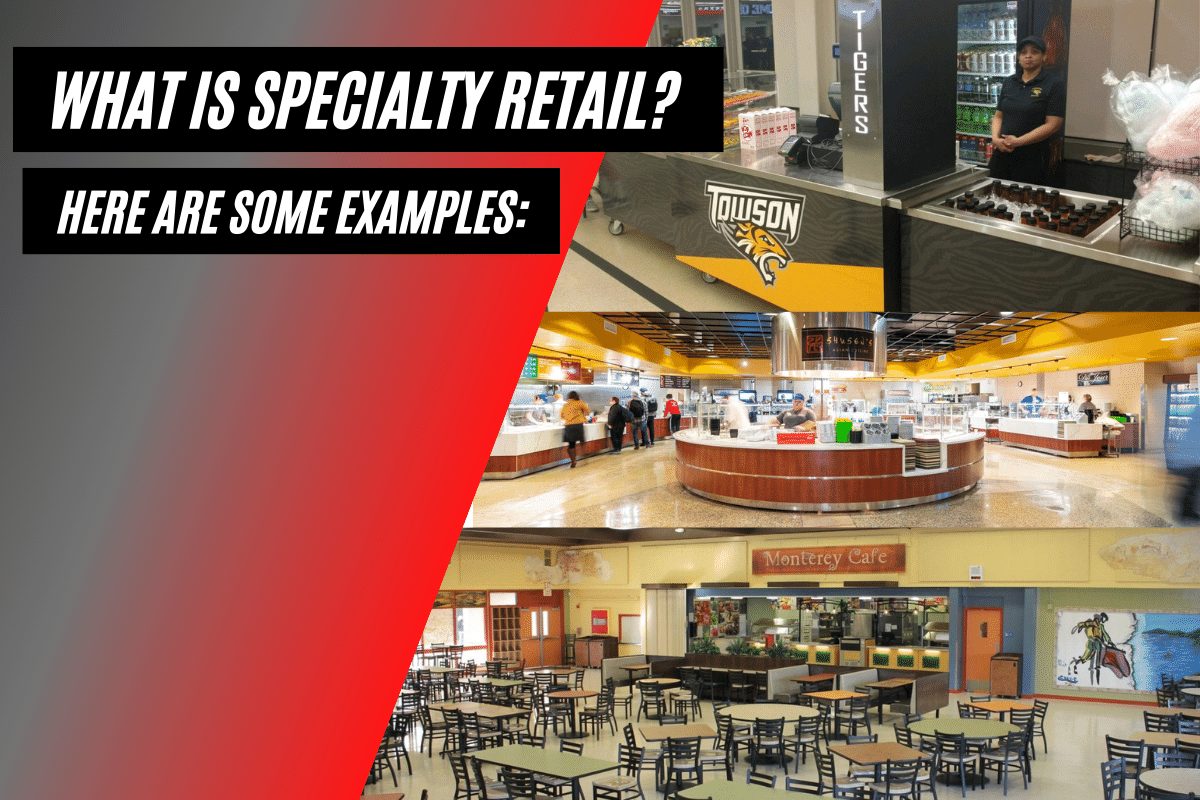Not every college campus is a vast and expansive tract of land with a 100,000-seat football stadium, rows of fraternity houses, or common areas stretching for miles. In fact, that's actually the exception to the typical college experience for most students. Instead, many colleges are small, community college-type settings where student capacity is very important, just not in the same volume as a large university.
Why does that matter?
Because most colleges have dedicated areas for everything from dorm rooms to foodservice. They need to plan for that space and how it can be used to the best of their ability. Layout, square footage, and how students access and exit an area all matter, but foodservice is very different at these smaller colleges and universities, requiring flexible opportunities such as mobile serving stations in order to meet the slightly different demands of smaller campuses.
What Are the Main Differences in This Type Of C&U Foodservice Operation?
Fewer students typically mean a reduced strain on foodservice, which can translate to smaller kitchens and reduced staff. Additionally, community colleges and smaller campuses are often transient, meaning students aren't always eating three square meals daily on campus because they commute to school. With the reduced volume of smaller schools and the notion of a predominantly off-campus student body, foodservice is different. Still, there is a need for foodservice workers to provide dining options for students, instructors, and others who are employed by the school or otherwise spend time on campus, and mobile serving stations can help.
Having the ability to provide plenty of variety is important in both operations, but because there are fewer foodservice options on a smaller campus, flexibility in serving area operations is significant. That flexibility can increase sales, along with simply making it easier for students and workers to get through meal times and on to the next activity on their schedules. Finding the right ways to increase the flexibility and variety of foodservice offerings can help colleges and universities provide more value.
How Can C&U Foodservice Operators Increase Variety And Flexibility?
It all starts with flexibility and variety, as mentioned above. Operators who can quickly pivot menu items, whether it be seasonally or even from breakfast to dinner within the same day, have more to gain in terms of campus participation in foodservice operations. Being flexible and offering variety doesn't happen in a vacuum, though.
Multiteria's M-Power mobile food serving stations were created with this type of service in mind, providing the ability to move foodservice around a college campus, while also making serving easier and more convenient for staff. With innovative designs, flexibility in foodservice is easy. Workers can shift from breakfast in the morning to lunch in the afternoon, without the need for hours of preparation.

Among the great benefits of the M-Power mobile serving stations are the integrated holders for spray bottles, a glove box for storage, and USB ports where device charging can quickly take place. The food shield is also easy to clean, and it's among the best-looking on the market. The goal is to give students and others on campus quality food options, but foodservice workers also need to have a safe, efficient environment to handle their job properly.
The body of the M-Power mobile serving station is just 30 inches wide, so it fits through doorways and down hallways with ease. That takes a lot of the stress and hassle out of foodservice, and ensures that workers can move the serving station to the next location or venue. There are hot and cold models, along with a cashier station.
Mobile service for food on college campuses gives students and faculty a quick and simple solution, so they can get the food they want and get on with their day. Different colors can be used to showcase particular vendors or types of food, or even include the school's colors. Doors, heat lamps, work ledges, and other accessories make it easy for workers at small colleges and universities to provide foodservice and clean up afterward, without the need for a big dining hall.




